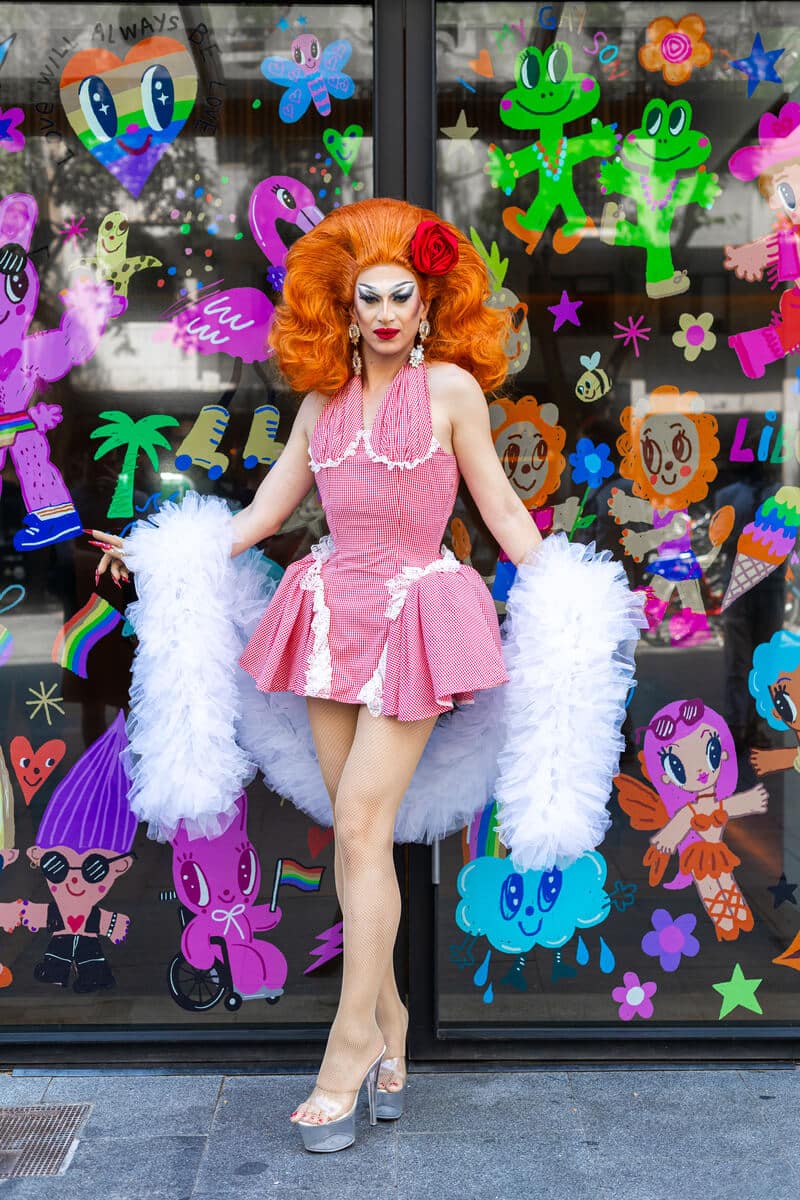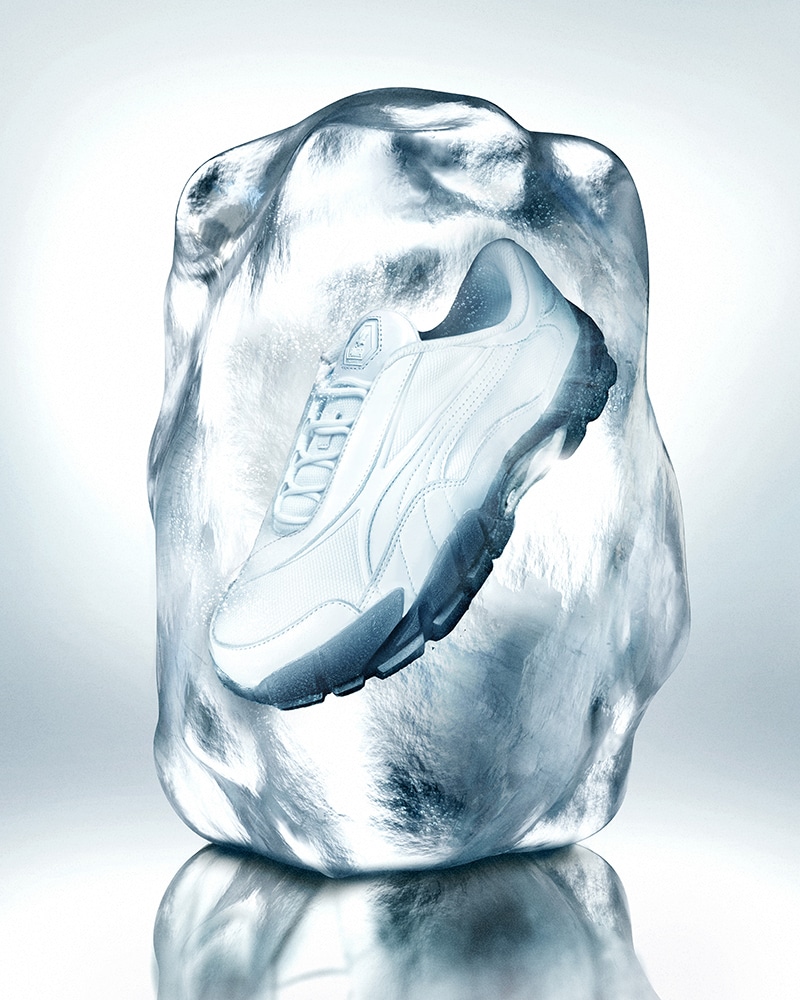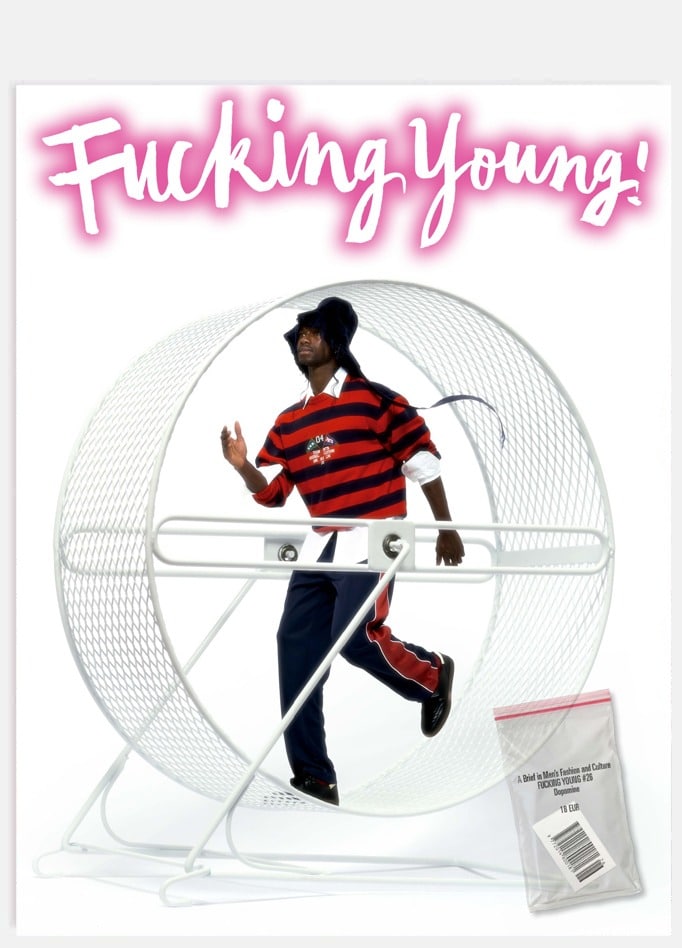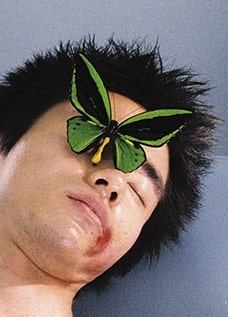






Forty years into their careers, many still expect Gilbert and George to serve up shocks. On this showing of 564 new postcard works, sensation-seekers better look elsewhere – unless, that is, the word ‘urethra’ gets you prickly with embarrassment.
The artists claim they want to “be able to put the shitty naked human world
in the gallery and the old ladies totter in and don’t run out.” True to that
‘art for all’ ethic, the use of the ‘U’ word here – though it might recall
the ‘Naked Shit Pictures’ – was surely never intended to get critics choking
on the press-view croissants.
Each work at White Cube, Mayfair, is made up of thirteen postcards, set-out
in the pattern of “an angulated version of the sign of urethra”. This shape
– a continuous rectangle of cards, with a single card in its central space –
mirrors the sexual symbol used by the onetime theosophist C. W. Leadbetter
(1853–1934) to accompany his signature.
While Leadbetter promoted progressive views on sexuality, the reprisal of
the urethra sign is perhaps more reflective of the considered contrasts at
the heart of this exhibition. The urethra carries semen out of men’s bodies
and urine out of a female’s – production for some, and waste for others. And
for me, this show is about the ebb and flow of the big city – the industry
and consumption; the new and the redundant; the opportunities for anonymity
and rebellious self expression that exist simultaneously in places like
London.
Each of the framed pieces is comprised of an identical set of commercially
manufactured postcards that have been found, bought or – in the case of the
various sex-worker series – pinched from phone boxes. It’s the largest group
of works made by the artists, and the initial impression is of monotony,
repetition and over-population. The effect is a little like walking the
wrong way over London Bridge at rush hour – only here you’re faced not by a
wave of city suits but piled-high grids of identically sized and laid-out
sets of cards.
Look closer and each group – whether selling sex or city views; pushing
patriotism or health awareness – is unique. At the same time, each work is
also just thirteen cards from a mass-produced run that essentially boils
down to advertising – the selling of something or somewhere. We’re reminded
of the choices, information and myths that urban life bombards us with; the
way nobody will listen to us unless we shout and that – in broadcasting our
service, idea or sight-to-see – the thing we promote becomes less real, more
simulation.
But while ‘Urethra Postcard Art of Gilbert & George’ confronts us with wall
after wall of impersonal communication, the deeper connection is in
imagining the lives on the other side of the cards – the people that bought
them, scrawled messages on the back or tried to forget their wife as they
phoned that S&M sex-worker. And what’s happened to ‘Transsexual Linda new in
town’? Is she still out there, or does she have an updated name online; a
room in another city? How did I picture my own future the times I crossed
Oxford Street in the mid-nineties, when that so-garish-its-tropical postcard
of blue sky and red Route-master buses was surely produced?
Like the cards, we have our time in the shop window (or phone kiosk) – then
something new shoves us out. Bits of us might linger in nooks and crannies
of memories like old postcards in a shoebox, but most is recycled; washed
back to the tide with the rest of a city’s waste. That there’s the shock –
even if most of us have several decades to get used to the idea.
As for art’s most famous couple, their pulling-power is as strong as ever
despite the years at the top. Among those having a quick conversation with
Gilbert & George at the private view were Tracey Emin, Stephen Fry, Jay
Jopling, Konrad Wyrebek, Bianca Jagger, Courtney Love, Alan Yentob and
Pandemonia.
Gilbert & George: The Urethra Postcard Art of Gilbert & George
14 Jan—19 Feb 2011, White Cube Mason’s Yard
25-26 Mason’s Yard, London, SW1Y 6BU
Text by Matthew Miles






































